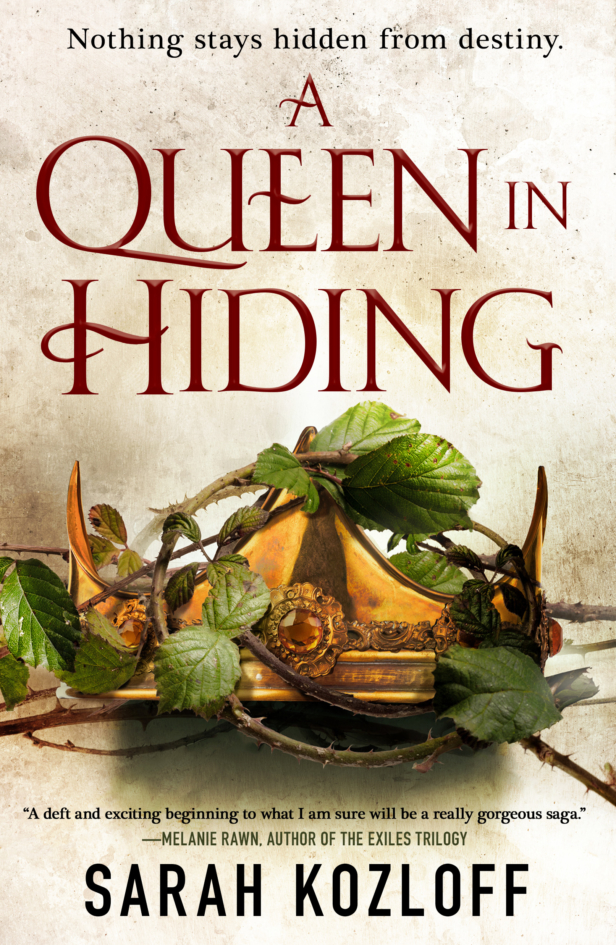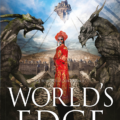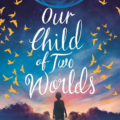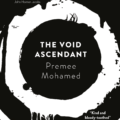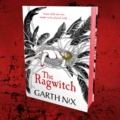One of the challenges of writing SFF lies in creating a world that doesn’t seem humdrum and ordinary. Ideally, we could take all-expenses-paid journeys around the world, using teleportation so we don’t have to wait in airport lines. Of course, that’s not possible, but I feel I’ve travelled to many extreme locations through the skill of amazing cinematographers.
If you are interested in desert-scapes, you really need to see Lawrence of Arabia (Lean, 1962). Freddie Young shot it on location in Jordan, Morocco, and Spain, in a special gauge – 70mm – which offers four times the negative real estate of normal 35mm. Watching it, you can practically feel the heat of the sun and dryness of the soil beneath, which is not surprising because on location the temperatures rose up to 120 degrees, and the crew tried to protect the camera with a beach umbrella and cool towels wrapped around it. To capture the dizzying texture of a mirage, they used a very long telephoto lens, which distorted the heat waves.
If you want your world to contain mountains, you have many choices, but you might not think of Cimino’s Vietnam story, The Deer Hunter (1978), shot by Vilmos Zsigmond. The Deer Hunter contains breath-taking views of the Cascades of Washington state, captured during a three-week shoot at an elevation of 10,000 feet.
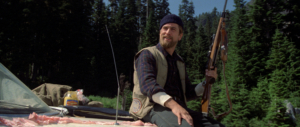
You will never see a prairie more beautifully filmed than in Terence Malick’s Days of Heaven (1978) which was shot in southern Alberta, Canada by Néstor Almendros. The area chosen was farmed by the Hitterites, a religious community similar to the Amish, who live close to the land without modern conveniences and who grow particular varieties of wheat. Almendros wanted to use natural light as much as possible and forego the Hollywood practice of adding bounce light to even out the shadows on actors’ faces. The filmmakers often waited until ‘magic hour’ – the moments between when the sun has set and darkness falls – to film key scenes. The movie as a whole brims with magic.
If you want to see an untouched jungle that wasn’t recreated in a studio or manufactured by CGI, look no further than the 1972 movie Aguirre: The Wrath of God, directed by Werner Herzog in the Peruvian rainforest and on tributaries of the Amazon. The precipitous plunges, the thick undergrowth, the birds and monkeys, the river that floods, whirlpools, or stalls create a dream-like atmosphere, heightened by the score. The brutal conditions the crew endured are visible on the screen. The cinematographer Thomas Mauch had a minuscule budget of less than $400,000 and a camera that Herzog stole from the Munich Film School.
The fantastic rock formations of the American Southwest always look other-worldly; they make a visitor feel the weight of eons of wind and water sculpting the rock. You could view any one of John Ford’s Monument Valley westerns to see them for yourself. Rock formations are also shown in all their terrifying grandeur in the stunt opening of Mission: Impossible 2 (John Woo, 2000), shot in Moab, Utah. Tom Cruise (supported by cables that were digitally painted out), climbs, jumps, shows off, and generally enjoys himself high up on Dead Horse Mountain, while a camera in a helicopter gets so close you can see his hair ruffle.
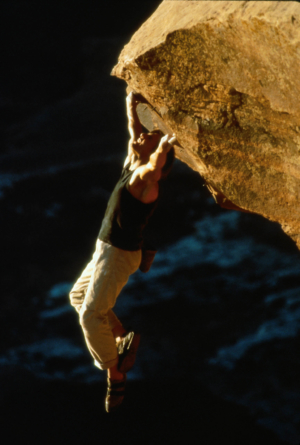
A deciduous forest is a more common location, but in Leave No Trace (Granik, 2018), Michael McDonagh and his crew make it a place fit for elves. Debra Granik chose Eagle Fern Park in Oregon and the camera lets you feel how cold and wet the forest can be. You can practically smell the moss and the hummus and feel the leaves underfoot. In Leave No Trace an ‘everyday’ forest is alternately welcoming and hazardous.
Because of weather, motion, and nervous insurance agents, movies that take place at sea rarely actually shoot much of their footage on the actual ocean. But if you want to see a beach that looks like it was plucked out of a fantasy world, you should watch The Black Stallion (1979). Director Carroll Ballard and D P Caleb Deschanel chose a beach in Sardinia, Italy, as the location where the young castaway meets and befriends the wild horse. The rest of the film never comes up to the excitement of the stallion racing across the sand.
Of course, instead of watching feature films, a SFF author could just browse through still photographs. I wouldn’t find that as useful. Similarly, although I love documentaries such as The March Of The Penguins and Winged Migration, I don’t think of them as inspiration for world-building. In feature movies we watch humans interact with their environments in ways that make the landscapes more tangible and alive.
And it’s nice to know that planet Earth still contains locations of unearthly, natural beauty.
Sarah Kozloff is the author of A Queen In Hiding, the first in the quartet of The Nine Realms series, all out in 2020 from Tor.
